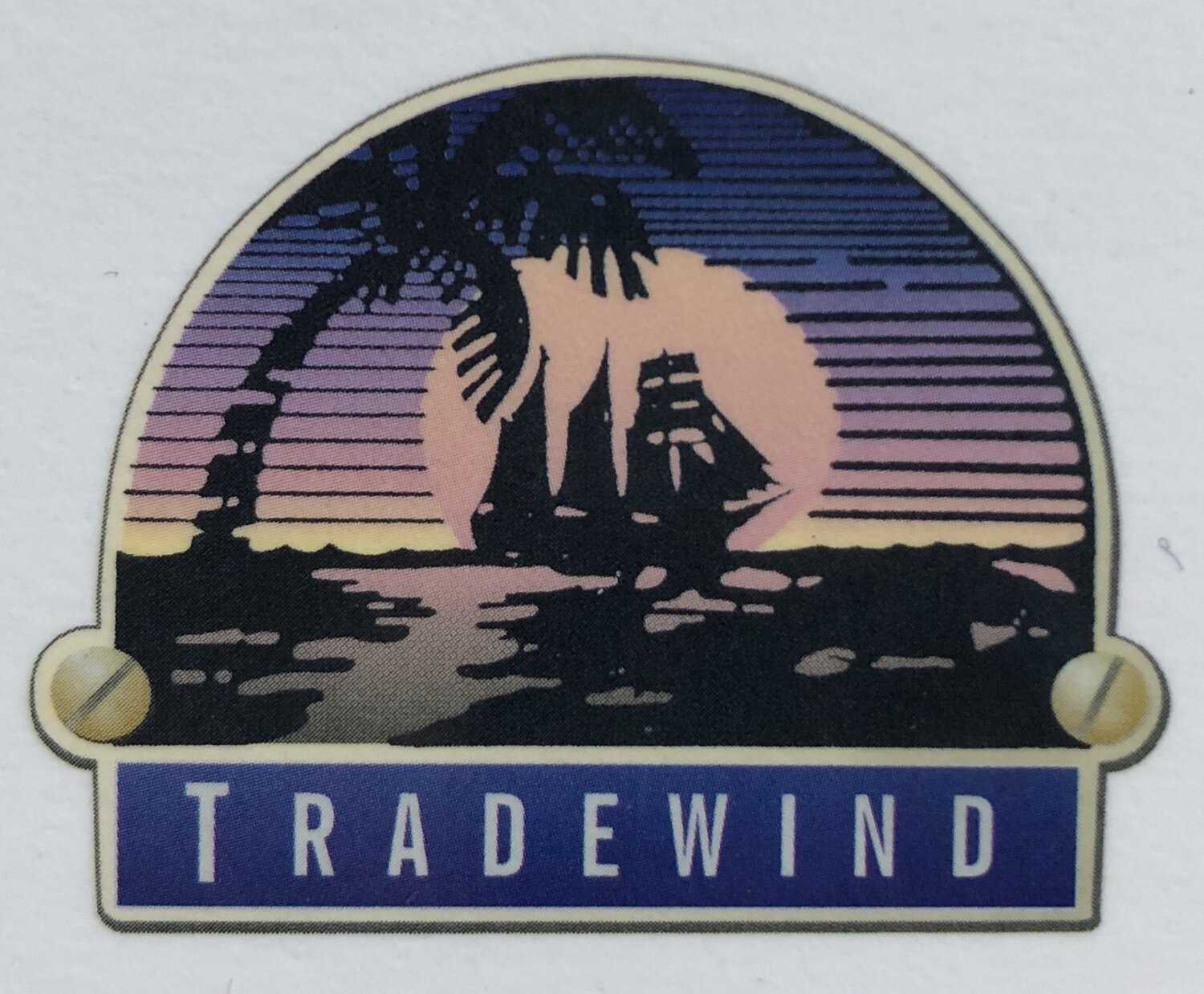Tall Ship Traditions
Shipping was not only a lifeline, it was occasionally extremely profitable, so the government, first the Norwegian in the 13th century and later the Swedish in the 17th century, tried to regulate this business in favor of cities like Göteborg, Sweden. During 1810, when Napoleon dominated most of Europe, harbors where blocked, and many locals saw their chance of starting a profitable business dissolve.
During the 19th century, large volumes of oats were exported and large fleets of square riggers were built in the region. The industrial revolution in Britain demanded “fuel” for the horses. When steam entered the scene, this business came to an end, and the fleet of Brigantines, Baroques and full rigged ships were sold.
When the English trawlers moved to engine power, the old sailing drifters where sold. More than 300 of them were sold to Bohuslän. In the 1920’s the shipping industry started to grow dramatically, and once again the tall ships entered the scene. This time it was mainly schooners imported from Denmark or France. Most ship owning families focused on the fishing industry, but in Skärhamn in Sweden, shipping became the core business. This was a clever choice, and today the fleet is one of the greatest in Scandinavia.
Skärhamn in the 1930’s.
The Johansson family
Back in the 20th, Mandus Johansson owned a small oil company. He supplied the local fishermen and cargo vessels using a small tanker. Even though the majority of them had engines, they still sailed most of the time. Later on, his two sons took over and developed the business. Within a couple of decades, the group consisted of large fleets of Ro-Ro and tanker vessels, two ship yards and an export harbor for Volvo and Saab. During the years, the group came to order many new vessels and the experience of building and managing ships for professional purpose, is now used in designing super yachts in traditional style. Lars-Erik Johansson, chief designer of Tradewind and grandchild of Mandus, is proud of keeping the tradition in the family, even though he prefers to power his ships with sails.


